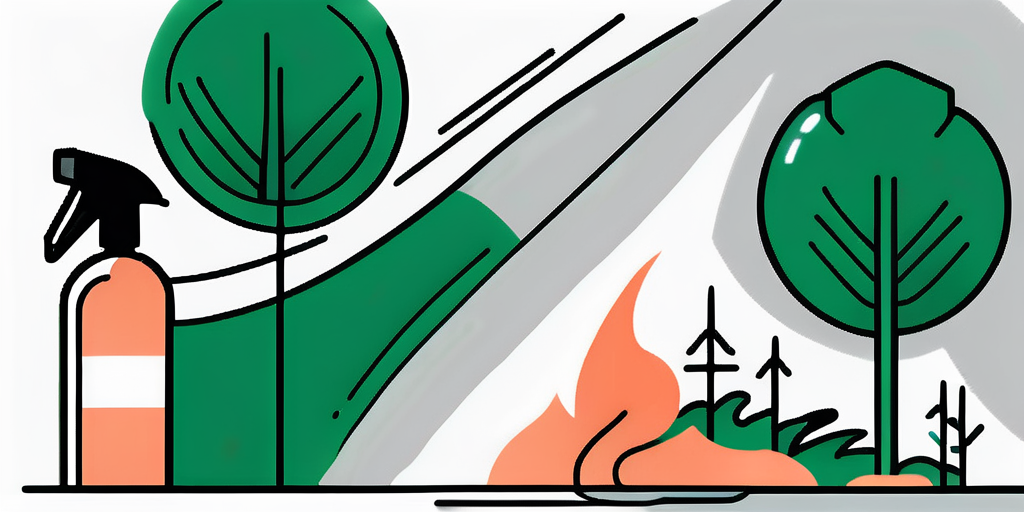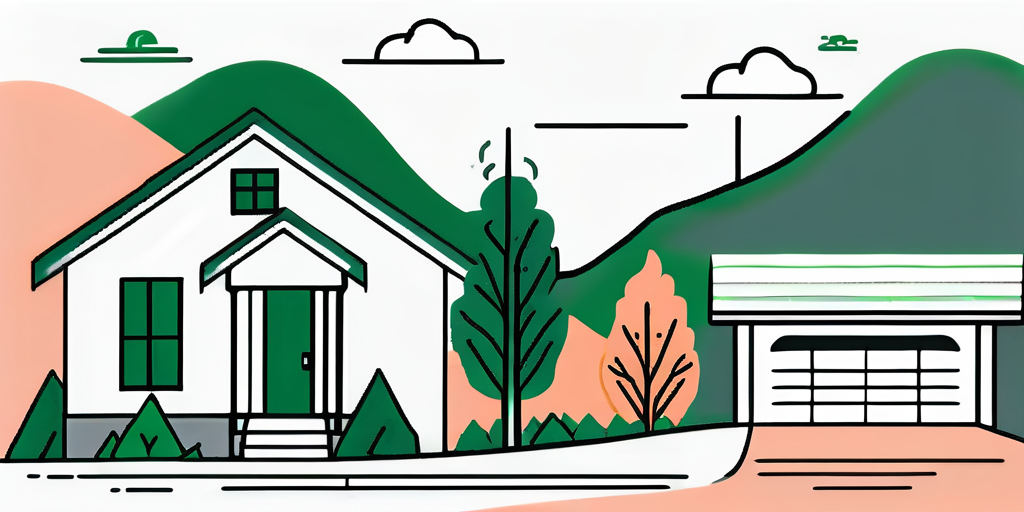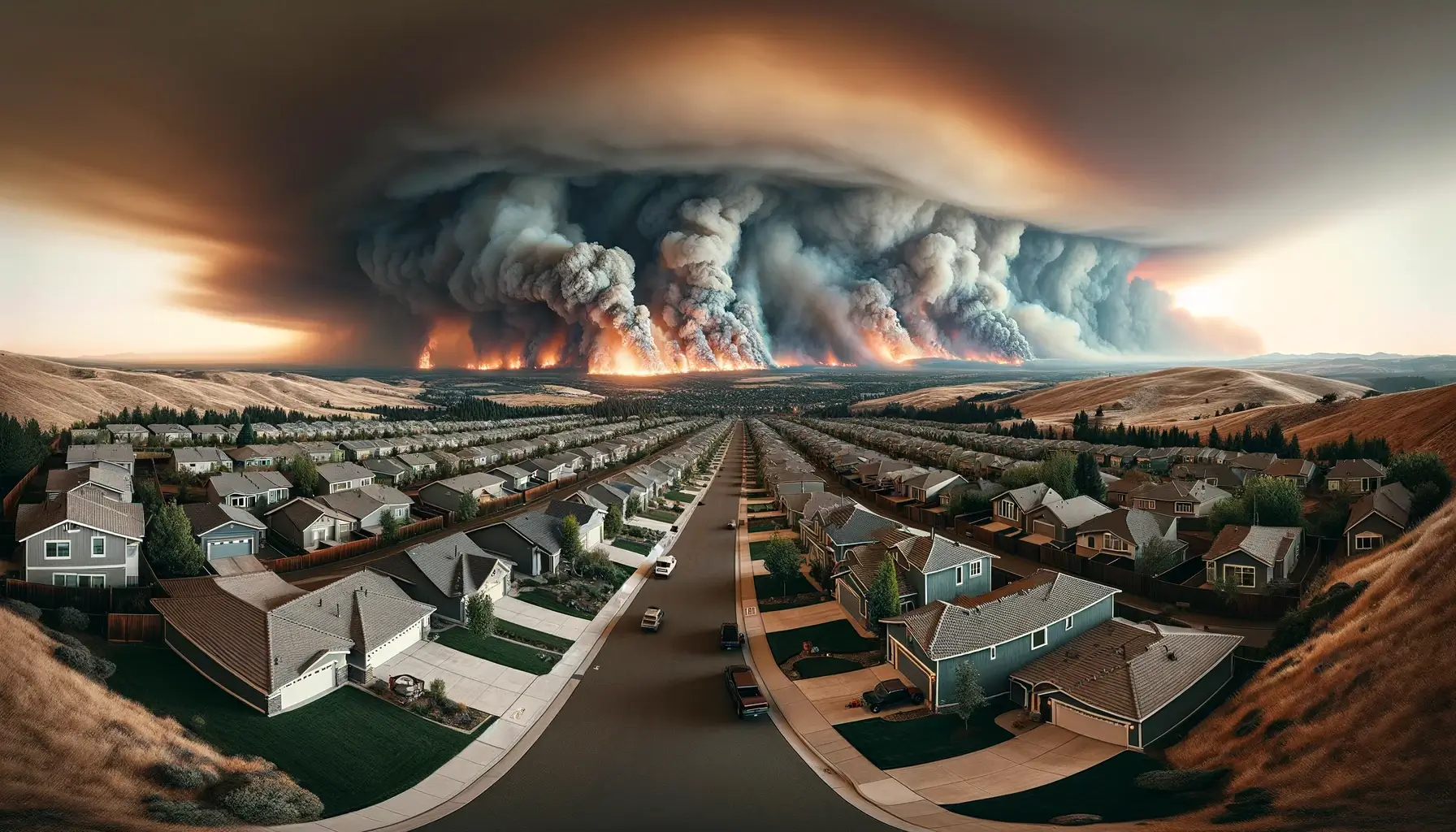Wildfires have become an increasingly frequent and devastating natural disaster in recent years. With their ability to spread rapidly and engulf vast areas of land, it is crucial for individuals and communities to prioritize wildfire preparedness. By understanding the causes and effects of wildfires, implementing safety measures, and being equipped with the necessary tools and knowledge, we can mitigate the impact of these destructive events and protect ourselves, our homes, and our communities.
Understanding Wildfires: Causes and Effects
Wildfires are typically initiated by a combination of natural and human factors. Dry conditions, high temperatures, low humidity, and strong winds create the perfect environment for a fire to ignite and spread quickly. Additionally, human activities, such as campfires, discarded cigarettes, and arson, contribute to the occurrence and intensification of wildfires.
When a wildfire strikes, its effects are far-reaching. Not only do they cause significant damage to homes, infrastructure, and natural resources, but they also pose a serious threat to human and animal life. The smoke generated by wildfires can lead to respiratory issues and exacerbate existing health conditions. Moreover, the destruction of vegetation and topsoil can result in soil erosion, water pollution, and loss of biodiversity.
The Role of Climate Change in Wildfires
Climate change plays a significant role in the increasing severity and frequency of wildfires. Rising temperatures, prolonged droughts, and altered precipitation patterns create the ideal conditions for fires to start and spread. As global temperatures continue to rise, it is expected that wildfire seasons will lengthen, posing even greater challenges for communities and ecosystems.
The Impact of Wildfires on Ecosystems
Wildfires have both short-term and long-term effects on ecosystems. While they can cause immediate devastation and the loss of vegetation and animal habitats, wildfires also play a crucial ecological role. They help clear out dead vegetation and stimulate the growth of certain plant species. Some species of plants, including certain tree species, rely on wildfires to release their seeds and reproduce. However, the increasing frequency and intensity of wildfires are disrupting the natural balance and leading to long-term ecological damage.
One of the lesser-known effects of wildfires on ecosystems is the impact on soil nutrients. When a wildfire occurs, it burns through the organic matter in the soil, releasing nutrients into the air. These nutrients, such as nitrogen and phosphorus, are essential for plant growth and are typically recycled within the ecosystem. However, in the aftermath of a wildfire, these nutrients are lost, leading to a decrease in soil fertility. This can have long-lasting effects on the ability of plants to regrow and can hinder the recovery of the ecosystem.
Furthermore, wildfires can also have indirect effects on wildlife populations. While some animals may be able to escape the immediate danger of a wildfire, their habitats are often destroyed. This loss of habitat can result in a decline in population numbers and can disrupt the delicate balance of predator-prey relationships. Additionally, the loss of vegetation can impact the availability of food sources for herbivores, leading to further ecological imbalances.
The Basics of Wildfire Preparedness
To effectively protect ourselves and our communities from the destructive impact of wildfires, it is essential to implement basic safety measures and create a comprehensive emergency plan.
Wildfires are a natural part of many ecosystems, but they can pose a significant threat to lives, property, and the environment. Being prepared and informed is key to mitigating these risks and ensuring the safety of individuals and communities.
Home and Property Safety Measures
When it comes to safeguarding our homes against wildfires, there are several proactive steps we can take. Ensuring our properties have defensible space by removing dead vegetation, trimming trees, and maintaining a fire-resistant landscape can create a buffer between our homes and the potential spread of a fire. Additionally, using fire-resistant materials for home construction and regularly cleaning gutters and roofs can significantly reduce the risk of fire damage.
It is also important to consider the layout of your property and the surrounding terrain. Homes located on steep slopes or in heavily wooded areas are at higher risk during a wildfire. Taking steps to create fire breaks, such as driveways or gravel paths, can help impede the progress of a fire towards your home.
In the event of a wildfire, it is crucial to have an evacuation plan in place. Establishing multiple evacuation routes, packing essential items, and communicating with family members and neighbors can help ensure a swift and safe evacuation.
Creating a Wildfire Emergency Plan
Developing a comprehensive wildfire emergency plan is paramount to minimize the potential risks and chaos during an incident. This plan should include designated meeting points, emergency contact numbers, and a checklist of essential items to take in case of evacuation. Regularly reviewing and practicing this plan with family members and neighbors can help ensure preparedness and reduce panic in high-stress situations.
Furthermore, staying informed about wildfire activity in your area is crucial. Monitoring local news, weather reports, and official communications from fire departments can provide timely updates and guidance during a wildfire event. Being aware of evacuation orders and alerts can help you make informed decisions to protect yourself and your loved ones.
Essential Tools and Equipment for Wildfire Preparedness
In addition to safety measures and emergency plans, having the right tools and equipment can greatly enhance our preparedness for wildfires. It is essential to be well-equipped to face the challenges posed by these natural disasters, and proper planning can make a significant difference in ensuring the safety of both lives and property.

Understanding the importance of early detection and swift response, investing in advanced wildfire monitoring systems can provide crucial information to alert residents and authorities of potential threats. These systems utilize cutting-edge technology such as infrared cameras and satellite imagery to detect wildfires in their early stages, allowing for prompt action to be taken to mitigate their impact.
Fire-Resistant Materials for Home Safety
When constructing or renovating our homes, opting for fire-resistant materials can significantly reduce the vulnerability of our properties to wildfires. Materials such as metal roofs, non-combustible siding, and tempered glass windows are all effective measures to protect against direct flame exposure. Additionally, incorporating fire-resistant landscaping around the property, such as using gravel or stone pathways and minimizing vegetation close to the home, can create a defensible space that acts as a barrier against encroaching flames.
Emergency Kits and Supplies
Creating or purchasing 72 hour emergency kits that contain essential supplies is crucial for surviving and recovering from a wildfire. These kits should include non-perishable food, water, a first aid kit, batteries, flashlights, a battery-powered radio, and important documents. Regularly checking and replenishing these kits ensures their readiness in times of need. Moreover, having a designated evacuation plan and practicing drills with family members can help provide a swift and coordinated response during a wildfire threat. For a basic list to create your own visit ready.gov
Community Involvement in Wildfire Preparedness
Individual preparedness is vital, but the involvement of the entire community is equally important in effectively combating wildfires. Wildfires are a significant threat to many regions, and it is crucial that communities come together to prepare and protect themselves against this natural disaster.
Community involvement in wildfire preparedness goes beyond individual efforts and extends to collective action and collaboration. By fostering a sense of unity and shared responsibility, communities can enhance their resilience and ability to respond effectively to wildfires.
The Role of Local Authorities in Wildfire Preparedness
Local authorities play a crucial role in wildfire preparedness by implementing and enforcing safety regulations, providing educational resources, and coordinating emergency response efforts. They work tirelessly to educate residents about the importance of preparedness, conduct drills and exercises, and establish mutual aid agreements with neighboring communities. Additionally, local authorities work closely with fire departments, forestry agencies, and other relevant organizations to develop comprehensive wildfire prevention and response strategies.
Furthermore, local authorities collaborate with community leaders, non-profit organizations, and businesses to create a network of support and resources for wildfire preparedness. By fostering partnerships and communication channels, local authorities can ensure a coordinated and efficient response to wildfires, minimizing their impact on communities.
How to Promote Wildfire Preparedness in Your Community
As individuals, we can actively contribute to wildfire preparedness efforts in our communities. Participating in local awareness campaigns, volunteering for community clean-up initiatives, and organizing informational workshops can help spread knowledge and encourage proactive measures. By working together, we can build a more resilient and fire-ready community. Additionally, individuals can engage in fire safety training, create defensible space around their properties, and develop evacuation plans to protect themselves and their families in the event of a wildfire.
Moreover, fostering a culture of preparedness and resilience within communities is essential for long-term wildfire mitigation. By promoting sustainable land management practices, investing in fire-resistant infrastructure, and supporting early warning systems, communities can reduce the risk of wildfires and minimize their impact on the environment and public safety.
The Psychological Impact of Wildfires and the Importance of Preparedness
The devastation caused by wildfires extends beyond physical destruction; it also takes a toll on our mental and emotional well-being.

Coping with the Fear of Wildfires
The fear of wildfires can cause considerable anxiety and stress. By educating ourselves about wildfires and taking necessary precautions, we gain a sense of control and empowerment. Becoming familiar with evacuation routes, practicing emergency drills, and staying informed about weather conditions can help alleviate fear and anxiety.
The Role of Preparedness in Reducing Anxiety and Stress
Being prepared for a wildfire can significantly reduce stress and anxiety during an emergency. By having a well-thought-out emergency plan, stocked supplies, and a support network in place, we can feel more confident in our ability to handle various scenarios. Regularly reviewing and updating our emergency plans, as well as participating in community resources and trainings, can further enhance our preparedness and emotional well-being.
When it comes to wildfire preparedness, the importance of proactive action cannot be overstated. By understanding the causes and effects of wildfires, implementing safety measures, equipping ourselves with essential tools and knowledge, involving our communities, and prioritizing our mental well-being, we are taking crucial steps to protect ourselves and mitigate the devastating impact of wildfires. Together, we can ensure a safer and more resilient future amidst the threat of wildfires.
As you consider the importance of being prepared for wildfires, remember that having the right gear can make all the difference. Form Function Future is dedicated to providing you with high-quality, emergency and survival gear that stands up to the challenges of natural disasters. Our 72-hour backpacks, the Atlas 72 and Helios 72, are at the forefront of our product line, offering modular, durable equipment designed for reliability when it matters most. Don’t wait until it’s too late—empower your peace of mind through preparedness today. Sign Up for Early Access and be the first to get your hands on the gear that could save your life.
